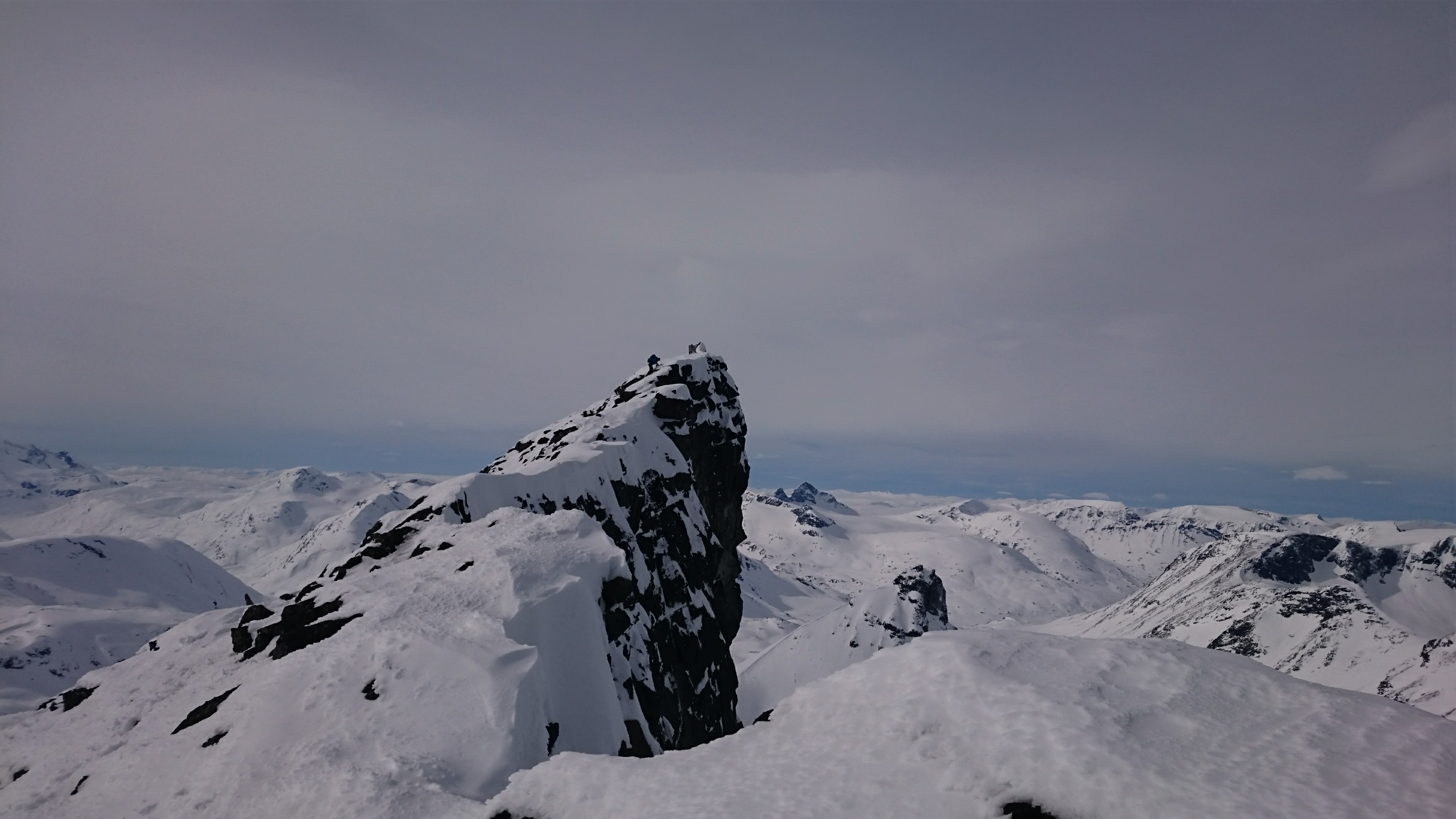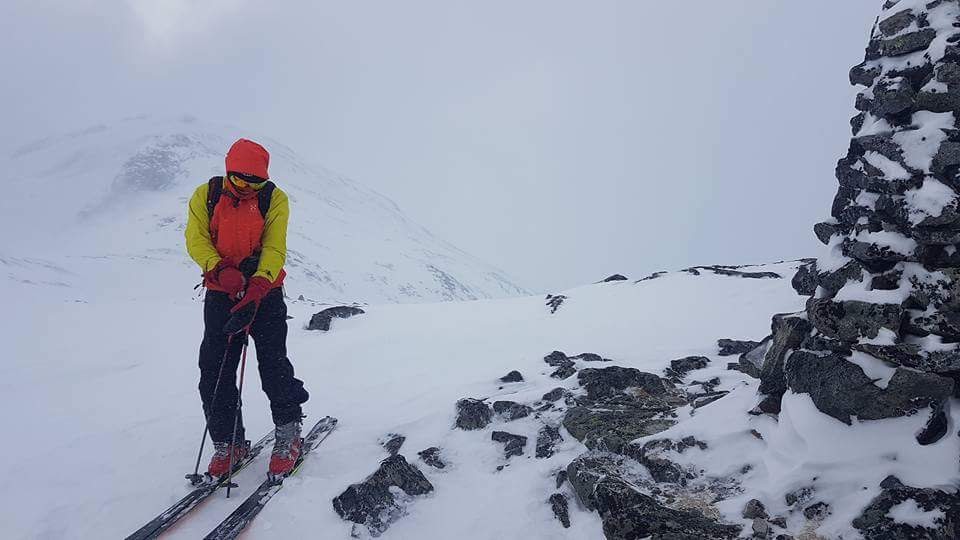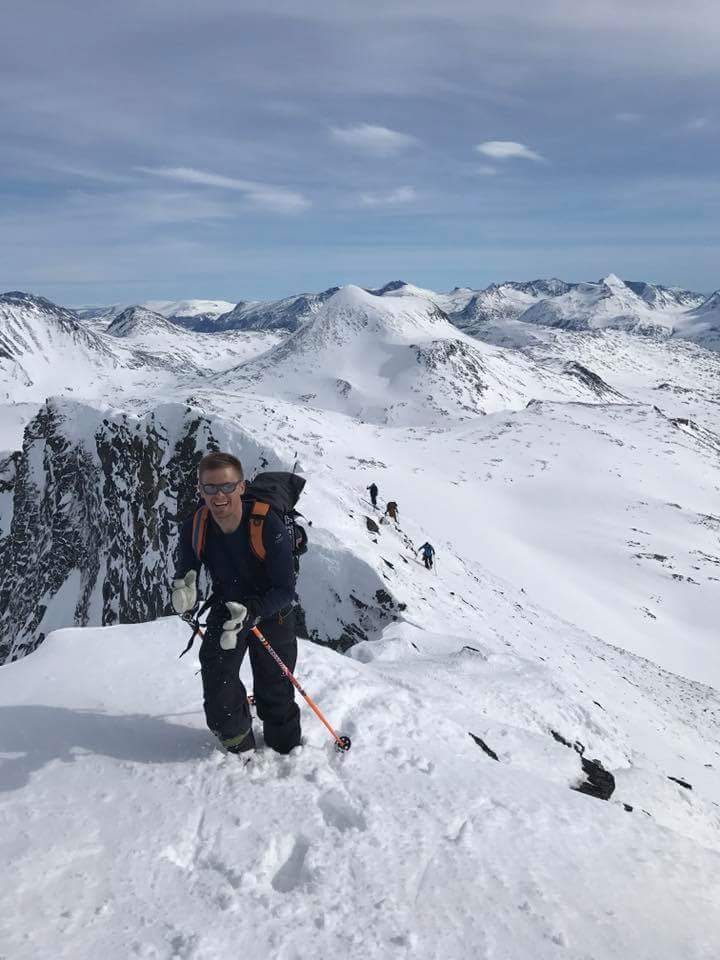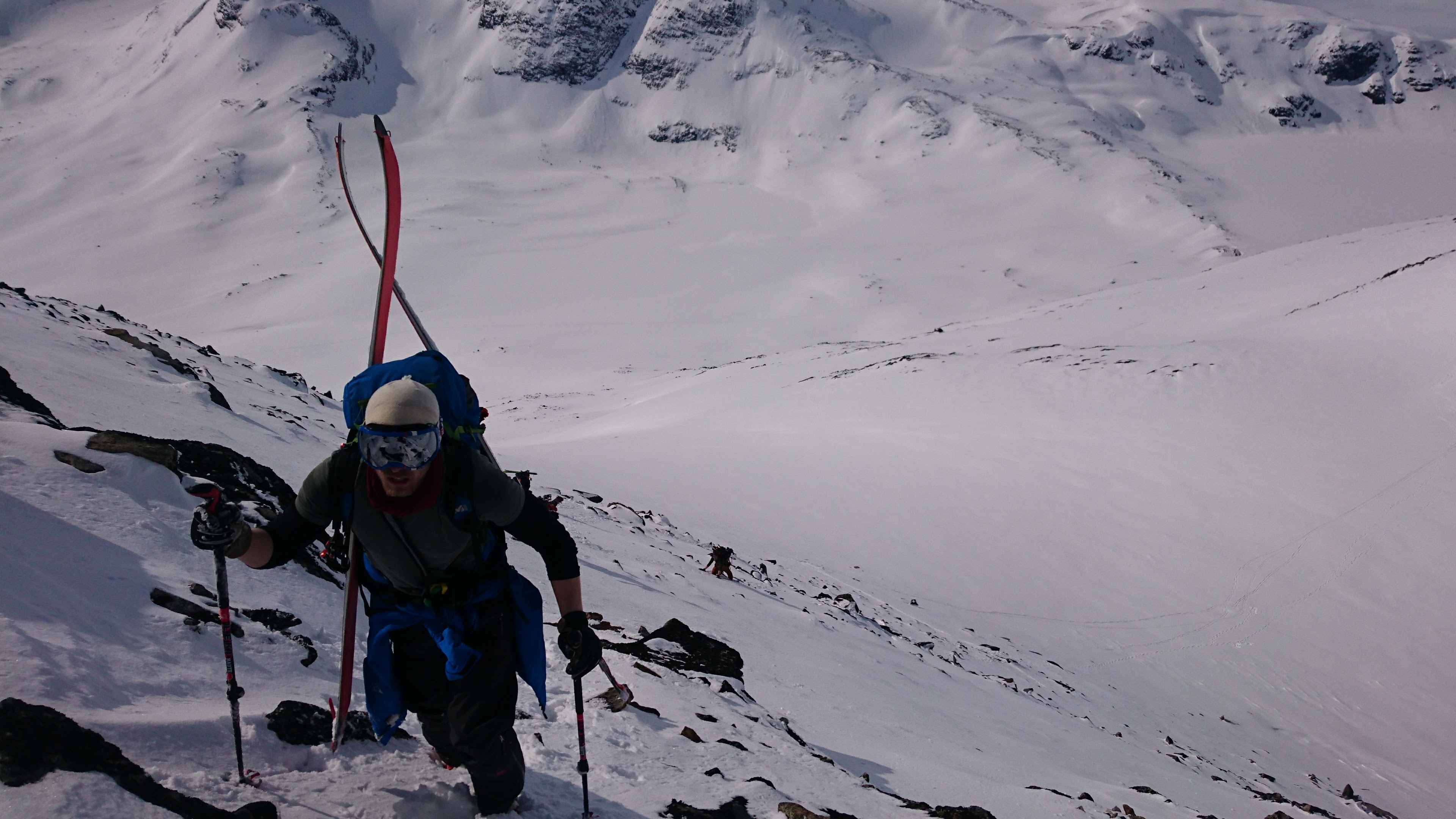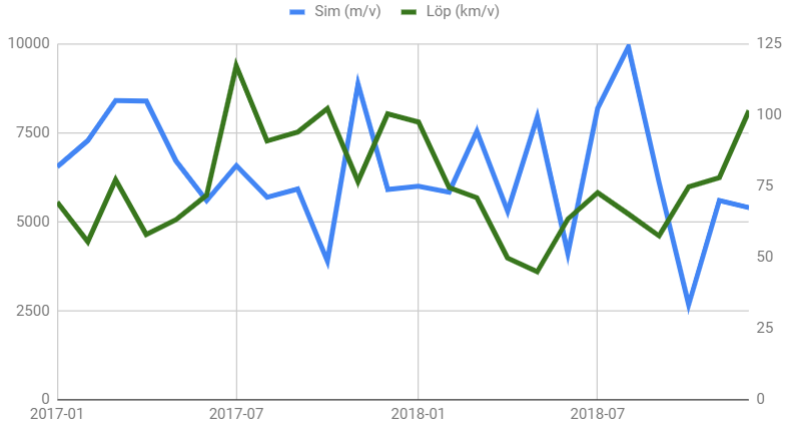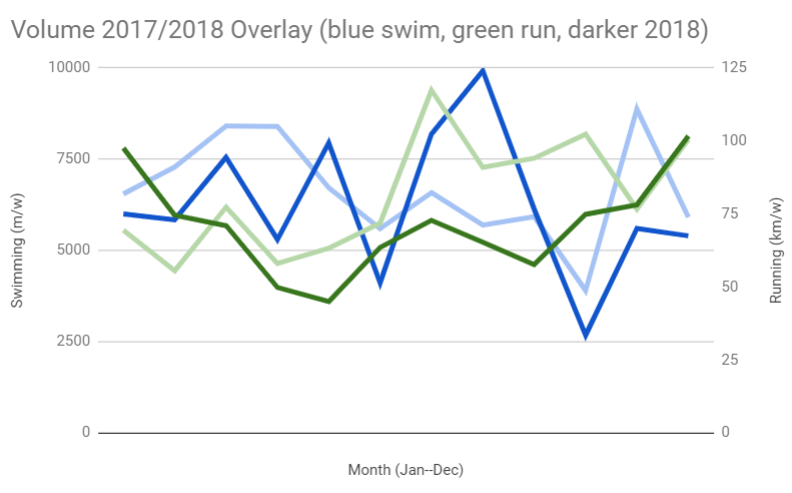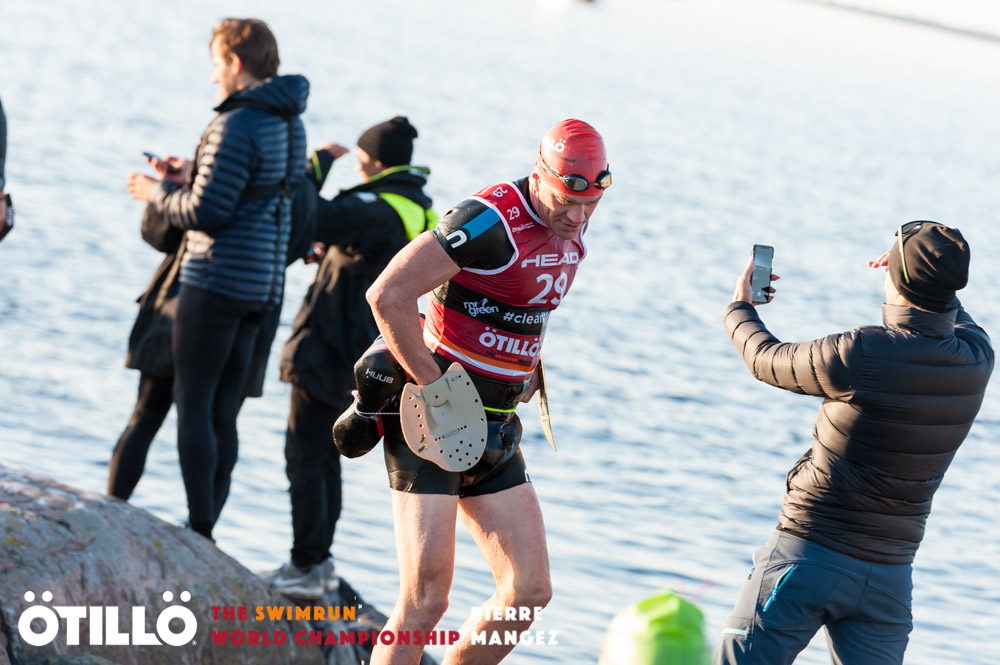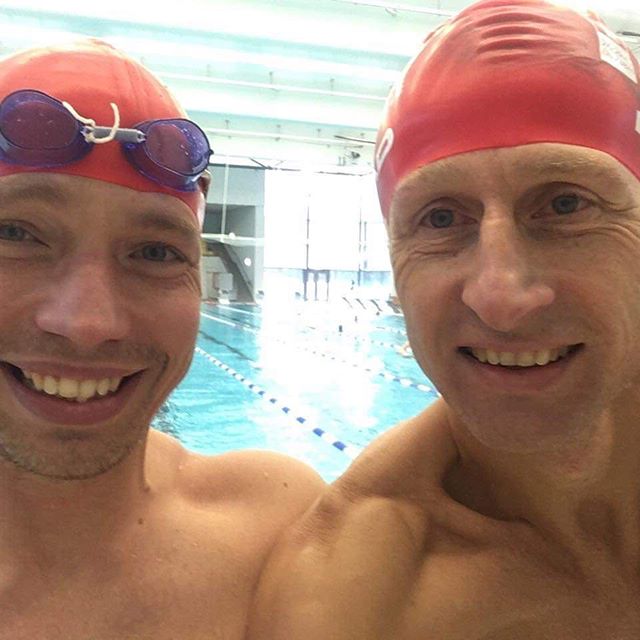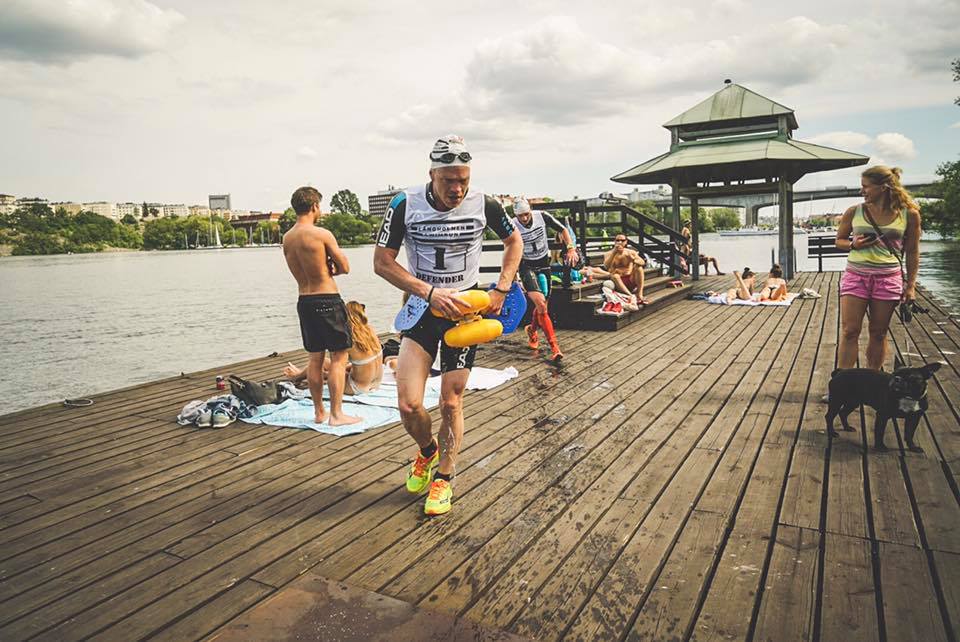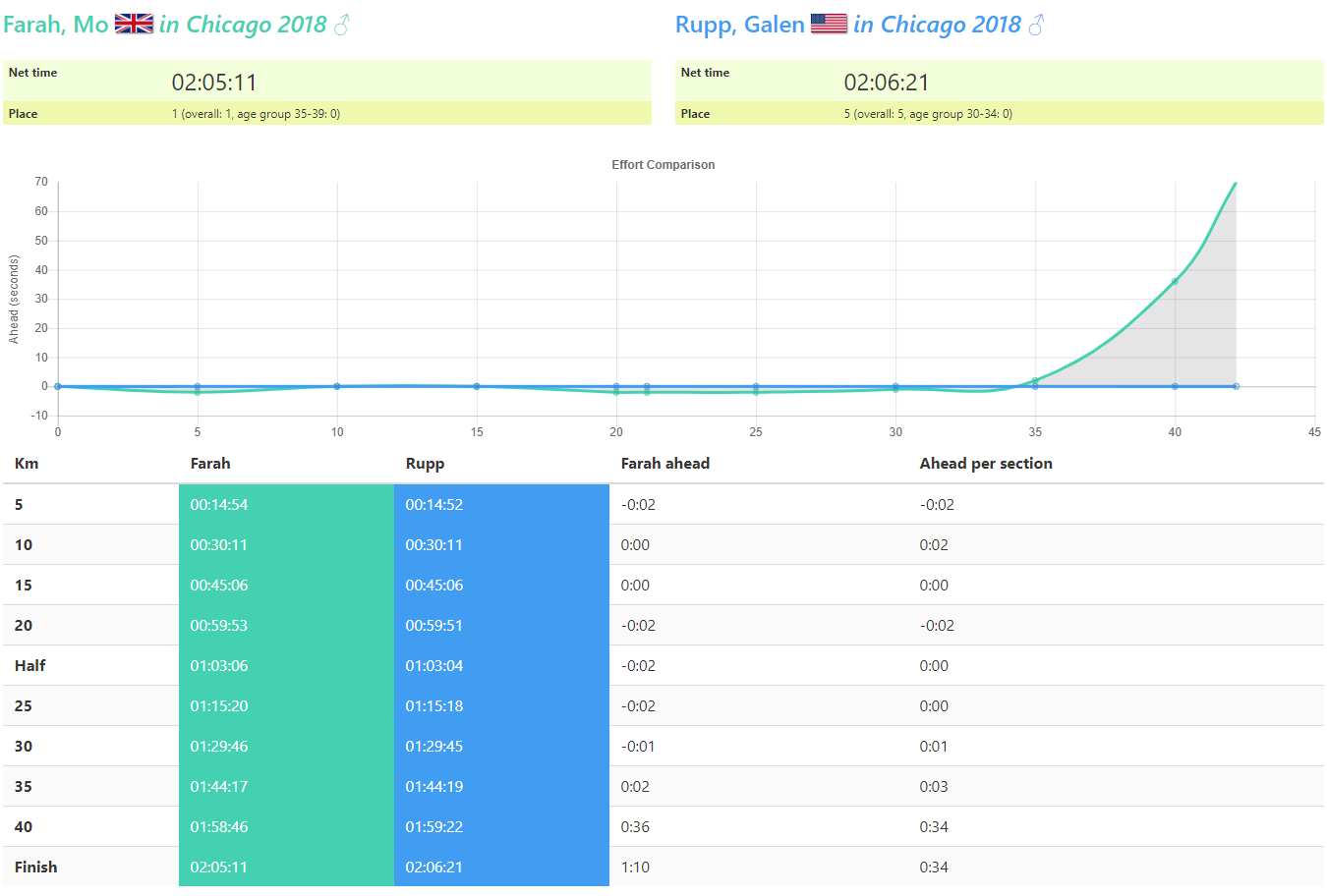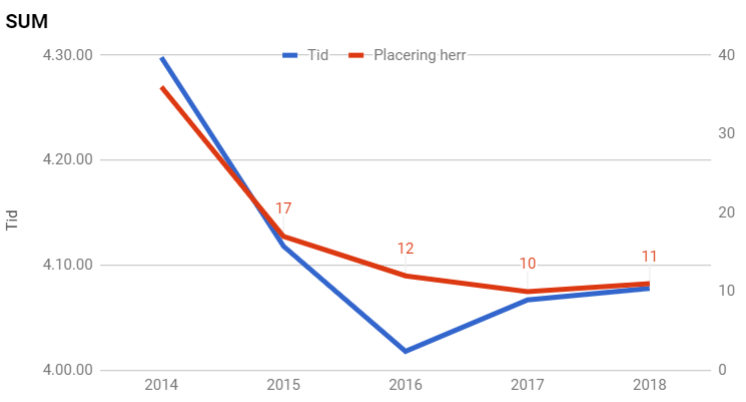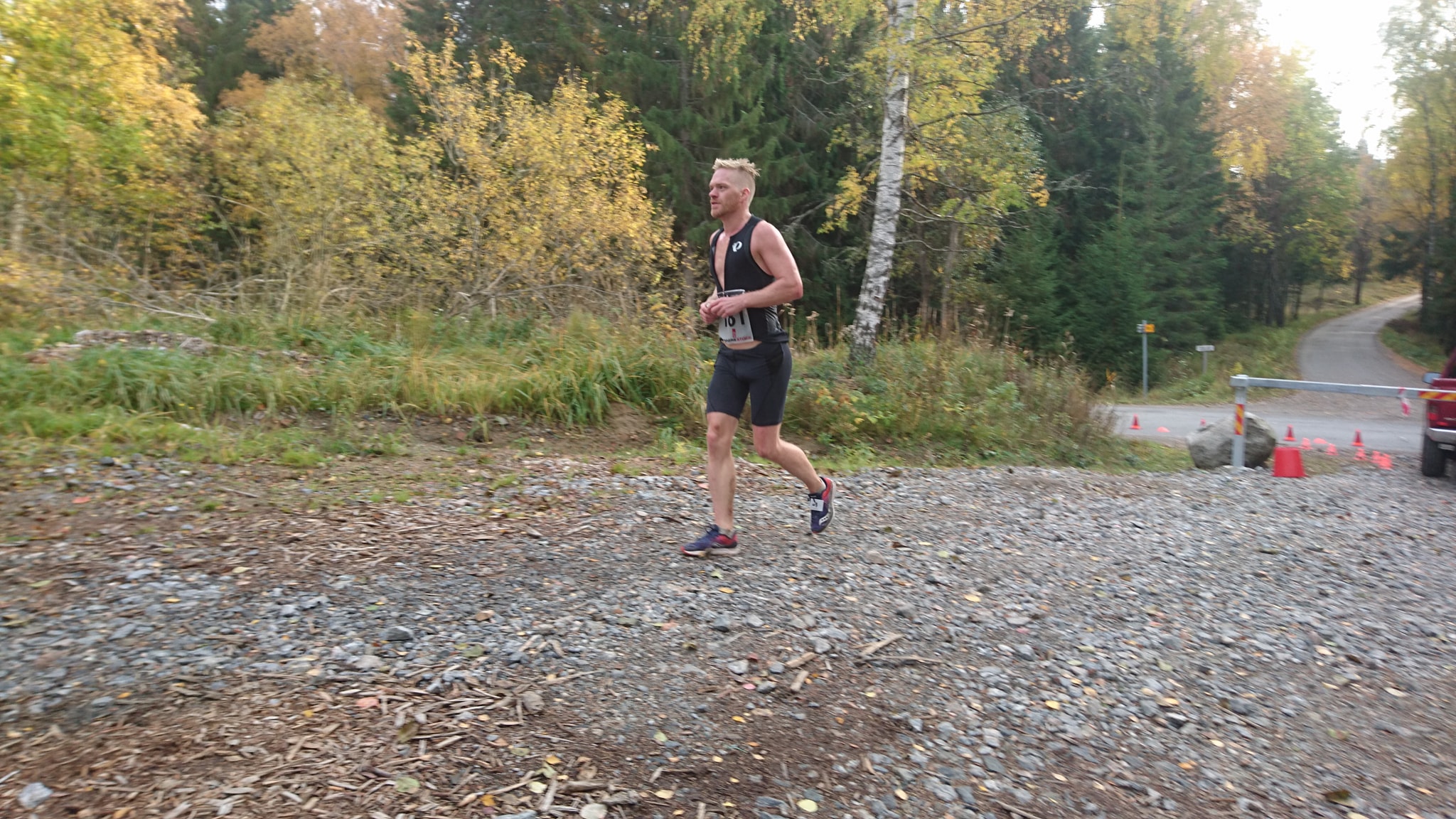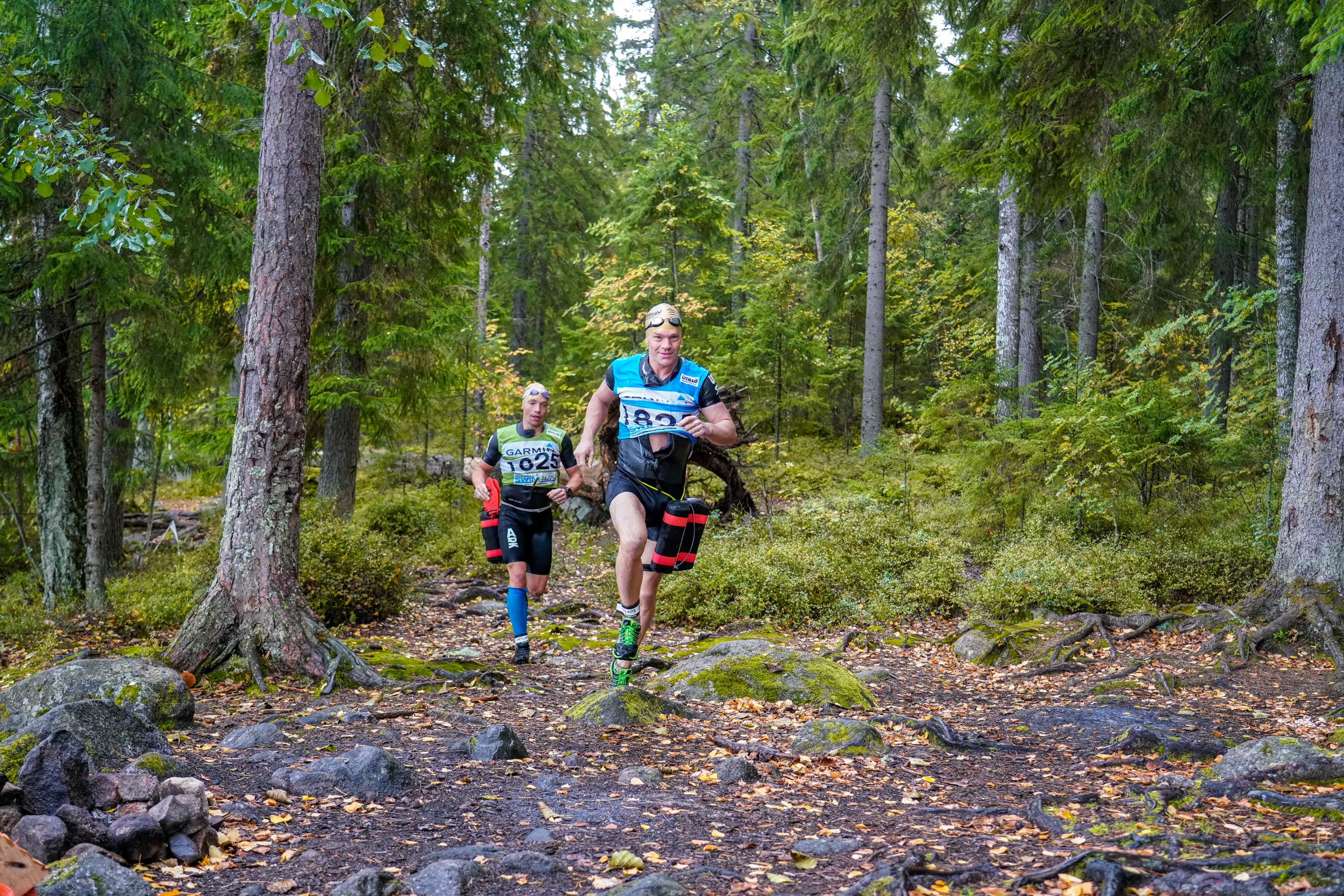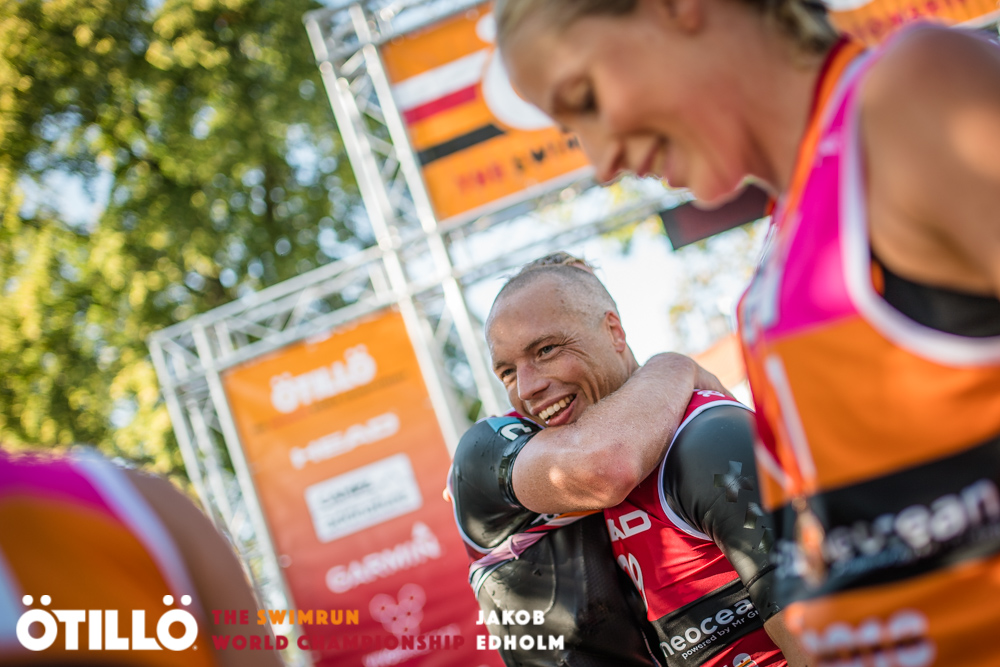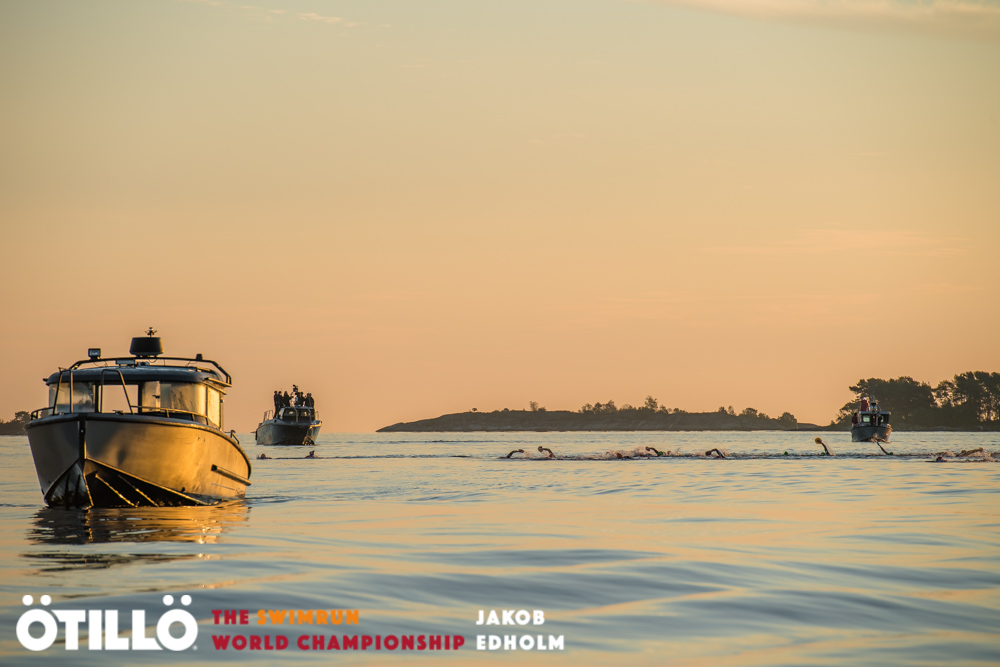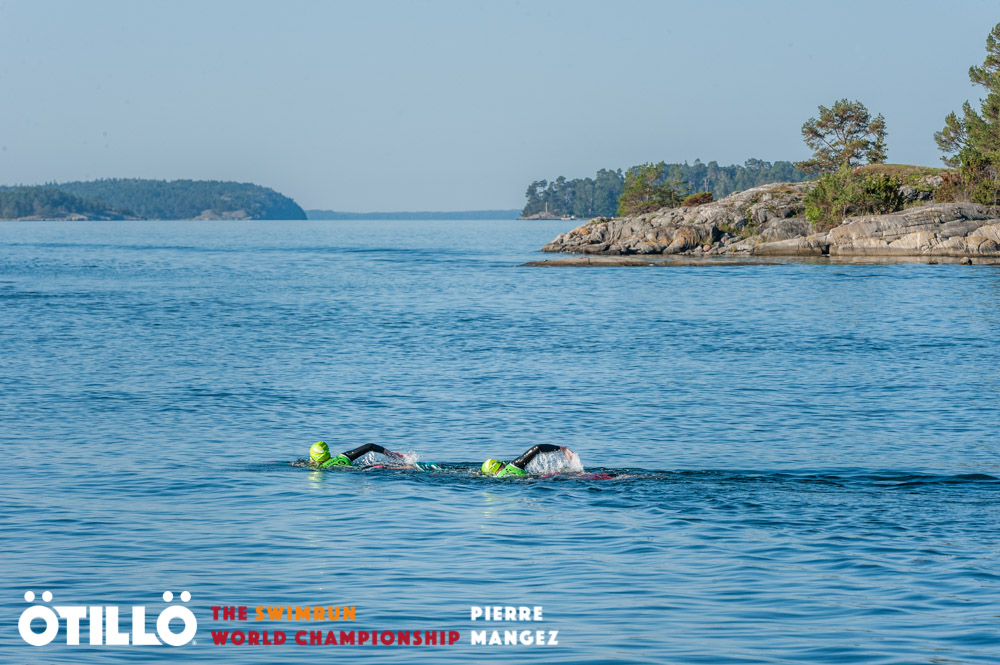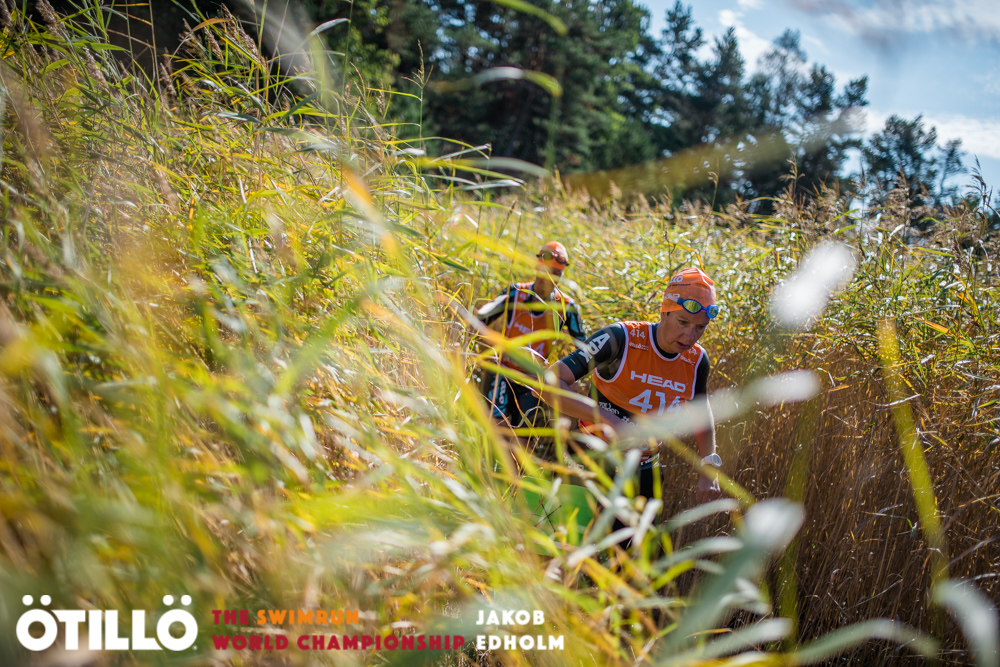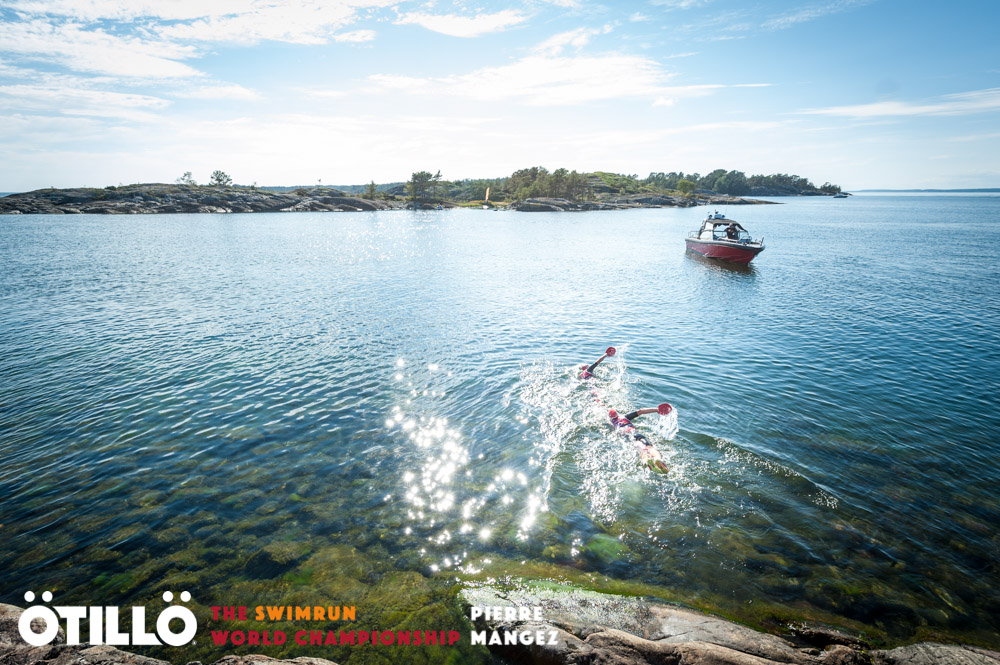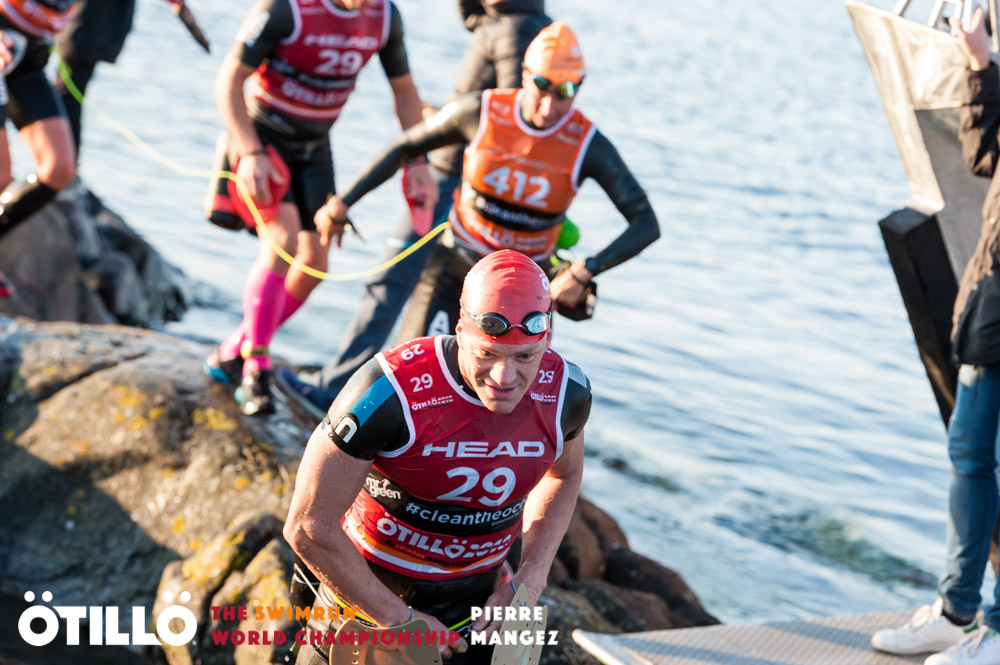Det är nu vi skriver resultatlistan till höstens Ötillö, skulle man kunna säga. Om det är någon som håller med om det så är det min lagkamrat Tomas “Maskinen” Granberg. Han har gjort sig känd som den som för några år sedan på våren bestämde sluttiden för höstens Lidingöloppet (2:07) och sedan levererade den. Det är såna anekdoter som givit honom smeknamnet Maskinen.
Jag ska inte trötta ut läsarna med träningsdata denna gång. Visst är det intressant, men jag inser att det ibland kan innebära uthållighetsträning bara att ta sig igenom mina texter. ;) Jag kan beskriva känslan istället. Vi tränar på riktigt bra och det är lättare än förra året att hålla löp- och simmängden uppe. Kroppen vänjer sig vid högre belastning.
Vi inser att Ötillö inte avgörs av en jättehård träningsperiod. Snarare är det en livstil som krävs, med daglig uthållighetsträning i många år. Man blir oundvikligen lite annorlunda. Alla människor ägnar inte helgerna åt att röja runt i ett naturreservat eller tar sig hem från jobbet i löparskor. Lite annorlunda, men mer och mer lika de andra i denna värld. Ingen har någonsin presterat väl på Ötillö genom att leva ett — så att säga — normalt liv.
En stark drivkraft för mig som gör att det är värt att träna för det här att få vara i samma miljö som en massa duktiga atleter som jag har djupaste respekt för. För skojs skulle kollade jag bakgrunderna för topp 20 på Ötillö 2019. Ungefär hälften skulle jag kalla nuvarande eller föredetta nationell elit inom sin sport och jag kände igen åtminstone sex som världselit.
Detta sällskap gör Ötillö speciellt och det gör det till en tävling som jag tycker att man bör hedra genom att träna ordentligt och satsa på, om man väl tagit sig an den.
Och så något helt annat! Varje år blir det åtminstone någon skimo-resa och denna gång blir det till Kebnekaiseområdet (igen) i mars. Jag avslutar med några inspirationsbilder på kompisarna och jag (i gulröd jacka) från våra äventyr för två år sedan i Jotunheimen i Norge. Livskvalité!
